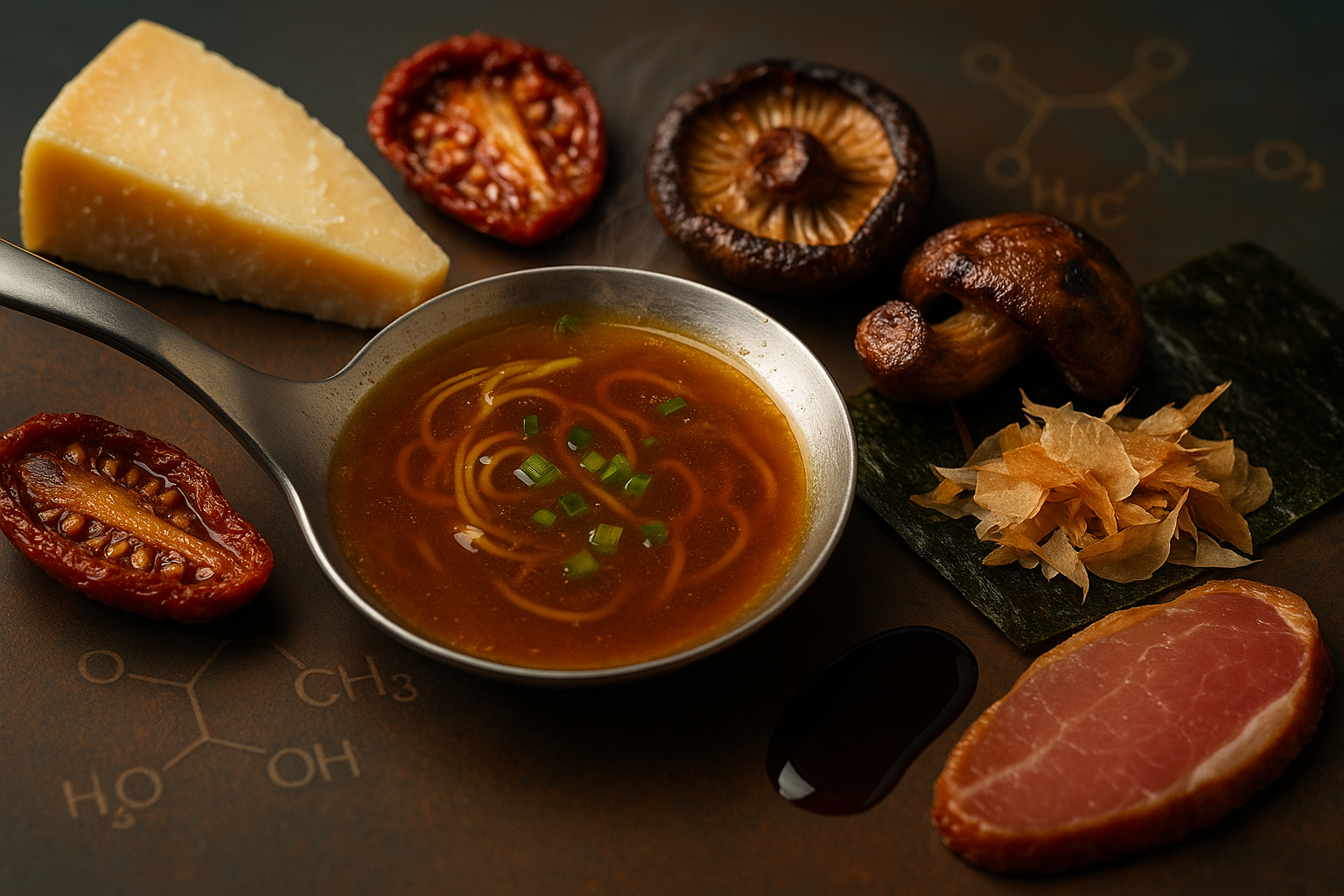
Xanthan Gum Replacement: The Complete Guide
SUBSCRIBE TO OUR BLOG
Promotions, new products, and recipes.
-
Learn the top 10 xanthan gum replacements for baking, sauces, and gluten-free cooking.
-
Understand which substitutes offer the best structure, texture, and dietary compatibility.
-
Use our ratio chart to swap xanthan gum accurately in any recipe.
-
Get answers to common questions like “What can I use to replace xanthan gum?” and “Can xanthan gum replace cornstarch?”
Xanthan gum is a versatile food additive known for its ability to thicken, bind, and stabilize. But whether due to allergies, dietary preferences, or lack of availability, many cooks and bakers find themselves looking for a xanthan gum replacement.
This complete guide will explore the best alternatives, especially for baking, while targeting key questions like: what can I use to replace xanthan gum, can xanthan gum replace cornstarch, and more.
What Is Xanthan Gum and Why Replace It?
Xanthan gum is a polysaccharide created by fermenting sugars with a specific bacteria (Xanthomonas campestris). It’s widely used to improve texture in food, cosmetics, and pharmaceuticals.
Why replace it?
Allergies or intolerances (especially for those sensitive to corn or fermentation byproducts)
Vegan, kosher, or halal needs (some sources are animal-derived or contaminated)
Availability or cost
Natural or clean label preferences
Depending on what you're making (gluten-free bread vs. sauces), the ideal xanthan gum replacement will differ.
Best Replacements for Xanthan Gum
1. Psyllium Husk (Best for Gluten-Free Bread)
What it does: Forms a gel when hydrated; adds structure and flexibility
How to use: Replace 1 part xanthan gum with 2 parts psyllium husk (by weight)
Pros: High in fiber, improves elasticity, good for gut health
Cons: Adds a slightly earthy flavor
2. Chia Seeds + Water
What it does: Creates a gel-like binder; adds moisture
How to use: 1 part ground chia + 2 parts warm water (1:1 replacement for xanthan)
Pros: Nutrient-rich, vegan
Cons: May add crunch or speckled look unless ground
3. Ground Flaxseed + Water
What it does: Similar to chia; forms a binder when hydrated
How to use: Mix 1 part ground flax with 2 parts hot water, let sit for 5–10 mins
Best for: Pancakes, muffins, brownies
Note: Adds a nutty flavor and slight grittiness
4. Cornstarch (Best for Sauces and Gravies)
What it does: Thickens liquids through gelatinization
How to use: 1:1 substitution
Limitations: Doesn't work as a binder in gluten-free baking
5. Unflavored Gelatin
What it does: Adds structure and binds
How to use: Use 2 parts gelatin for every 1 part xanthan gum
Best for: Breads, muffins
Not suitable for: Vegans or those following kosher/halal diets
6. Egg Whites
What it does: Binds and leavens; adds a light, airy structure
How to use: 1 egg white per 1 tablespoon (4.5 g) xanthan gum
Limitations: Not vegan
7. Agar Agar (Vegan Gelatin Alternative)
What it does: Acts like gelatin to thicken and bind
How to use: Dissolve 1 tsp agar powder in 4 tbsp water; substitute 1:1
Best for: Jellies, puddings, sauces
Prep Required: Must be heated to activate
8. Guar Gum
What it does: Similar to xanthan; binds and thickens
How to use: Use 3 parts guar gum for every 2 parts xanthan gum
Best for: Cold applications, dressings, dairy
9. Konjac Powder (Glucomannan)
What it does: Powerful thickener and fiber source
How to use: 1:1 for konjac powder in most recipes; up to 1.5:1 for chewier applications
Ideal for: Keto, vegan, Asian recipes
10. Methylcellulose (e.g., I’m Free™)
What it does: Structural binder; ideal for gluten-free bread
How to use: 1:1 methylcellulose in baking
Note: Expensive but highly effective commercial replacer
Xanthan Gum Replacement in Baking
In baking, xanthan gum isn't just a thickener — it gives structure, elasticity, and moisture retention.
Top baking replacers:
Psyllium husk: Best all-around for bread
Flax or chia gel: Great for cakes and muffins
Methylcellulose: Closest match in gluten-free doughs
Egg whites: For non-vegan, lighter batters
Baking tip: Always let batters or doughs sit for 10–20 minutes after mixing to allow these replacers to fully hydrate.
Xanthan Gum Substitutes Comparison Chart
| Substitute | Best For | Vegan? | Ratio vs. Xanthan | Notes |
|---|---|---|---|---|
| Psyllium Husk | Gluten-free bread | ✅ | 2:1 | High fiber; great structure |
| Chia Seeds (ground) | Cookies, muffins | ✅ | 1:1 + water | May add speckles unless finely ground |
| Flaxseed Meal | Pancakes, brownies | ✅ | 1:1 + water | Nutty flavor; slight grit |
| Cornstarch | Sauces, gravies | ✅ | 1:1 | Not a binder for bread |
| Gelatin | Breads, muffins | ❌ | 2:1 | Animal-based; great elasticity |
| Egg Whites | Cakes, quick bread | ❌ | 1 egg / tbsp | Adds lift and lightness |
| Agar Agar | Vegan jellies, sauces | ✅ | 1:1 (prepped) | Heat to activate; firm set |
| Guar Gum | Dressings, ice cream | ✅ | 3:2 | Prefers cold applications |
| Konjac Powder | Keto, Asian dishes | ✅ | 1–1.5:1 | Very potent; dense textures |
| Methylcellulose | Gluten-free baking | ✅ | 1:1 | Closest structural match |
How to Choose the Right Xanthan Gum Replacement
Ask yourself:
What am I making? (sauce, bread, cake?)
Do I need structure or just thickness?
What dietary needs must I consider?
How available and affordable is the replacer?
Pro tip: Always test small batches when working with a new replacer.
FAQs
What replaces xanthan gum?
Popular replacements include psyllium husk, flaxseed, chia seeds, cornstarch, gelatin, agar agar, guar gum, and konjac powder.
What can I use to replace xanthan gum?
Use psyllium husk or flaxseed gel in baking; cornstarch or agar agar in sauces. Choose based on texture and dietary needs.
What can replace xanthan gum in baking?
Psyllium husk, flax gel, chia seeds, or methylcellulose are best for baked goods.
What is a replacement for xanthan gum?
Guar gum is the closest functional match, especially for cold or creamy recipes.
Can xanthan gum replace cornstarch?
Yes, but it's stronger. Use ⅛ tsp xanthan gum per 1 cup liquid as a thickener.
Final Thoughts
Xanthan gum may be a popular thickener and binder, but it’s not irreplaceable. With the right xanthan gum replacement, you can still achieve perfect texture, structure, and stability — whether you’re baking gluten-free bread, thickening sauces, or whipping up vegan treats.
Choose wisely, test carefully, and enjoy the creative possibilities of natural alternatives.

|
About the Author Ed is the founder of Cape Crystal Brands, editor of the Beginner’s Guide to Hydrocolloids, and a passionate advocate for making food science accessible to all. Discover premium ingredients, expert resources, and free formulation tools at capecrystalbrands.com/tools. — Ed |
Enjoyed this post? Subscribe to The Crystal Scoop
Food-science tips, ingredient know-how, and recipes. No spam—unsubscribe anytime.
- Choosing a selection results in a full page refresh.



